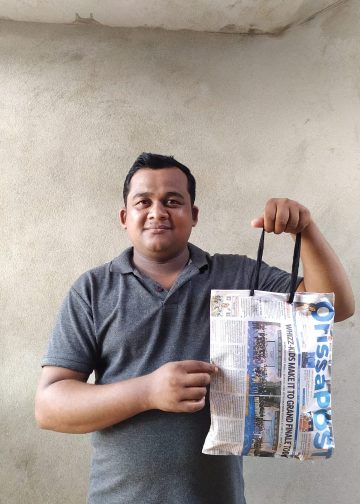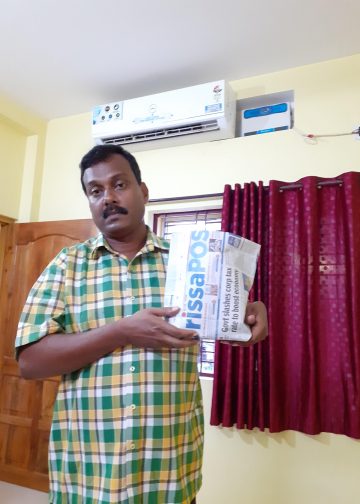New Delhi, July 12: Four districts of the state — Balasore, Bhadrak, Kendrapara and Jagatsinghpur — are very highly prone to cyclones, revealed a paper by a India Meteorological Department scientist.
The districts are among 12, all on the east coast, that fall in this category, according to the paper, which said and 41 districts in the country that are “highly prone” to cyclones.
Thirteen coastal states and Union Territories in the country are affected by Tropical Cyclones (TCs). Four states — Orissa, West Bengal, Andhra Pradesh, Tamil Nadu — and the Union Territory of Puducherry on the east coast, and Gujarat on the west coast are more vulnerable to TCs, the study said.
The eight most cyclone hazard-prone districts other than those in Orissa are Nellore and East Godavari, Krishna in Andhra Pradesh, Yanam in Puducherry, South and 24 North Parganas, Medinipur, and Kolkata in West Bengal.
The study also focused on 96 districts, of which 72 touch the Indian coast and 24 are close to the coast. Of the 96 districts, 30 districts are “moderately prone”, and 13 are “less prone” to cyclones.
The study, which analysed the cyclone patterns in the country from 1891 to 2010, said the “very highly prone” districts were hit by the maximum number of cyclones. Balasore recorded 28 cyclones of which five were severe. Medinipur district in West Bengal witnessed 22 cyclones, of which 10 were severe in nature.
The study also pointed out that storm surge was one of the biggest killers during cyclones. Storm surge is an abnormal rise of water generated by a storm, above the predicted astronomical tides.
“The districts of Balasore, Medinipur, 24 North Parganas recorded the highest storm surge, which was around 30 meters,” said Mritunjay Mohapatra, the head of the cyclone warning division of the IMD, who authored the paper that has been published in the International Journal of Earth System and Science.
“The entire coastline is affected by the TCs with varying frequency and the intensity. Although the North Indian Ocean (the Bay of Bengal and the Arabian Sea) generates only 7 per cent of the world’s TCs, their impact is high and devastating, especially when they strike the coasts bordering North Bay of Bengal,” Mohapatra said. PTI






































